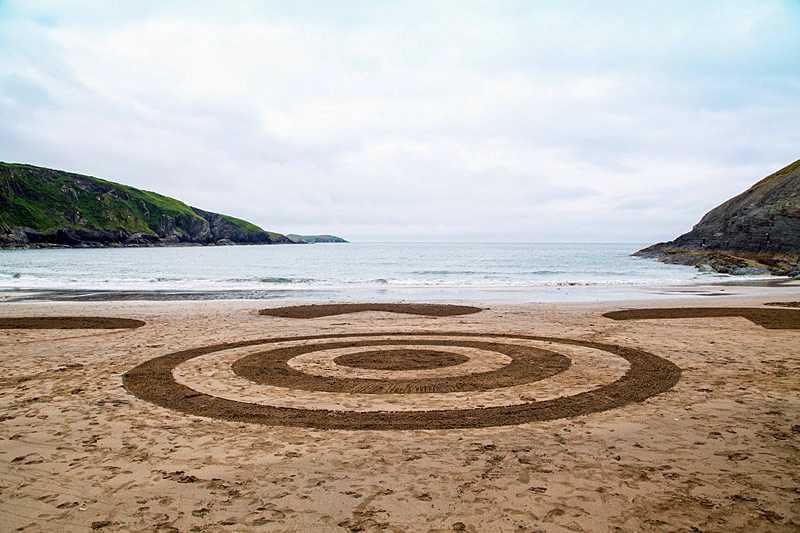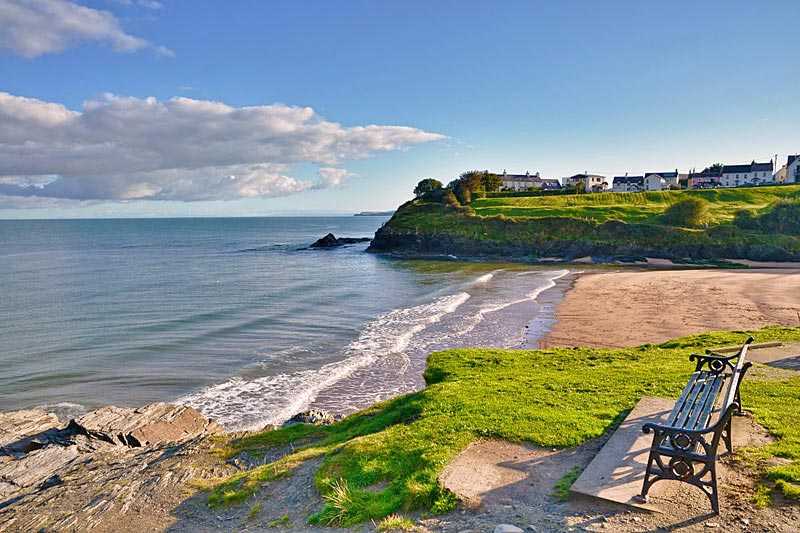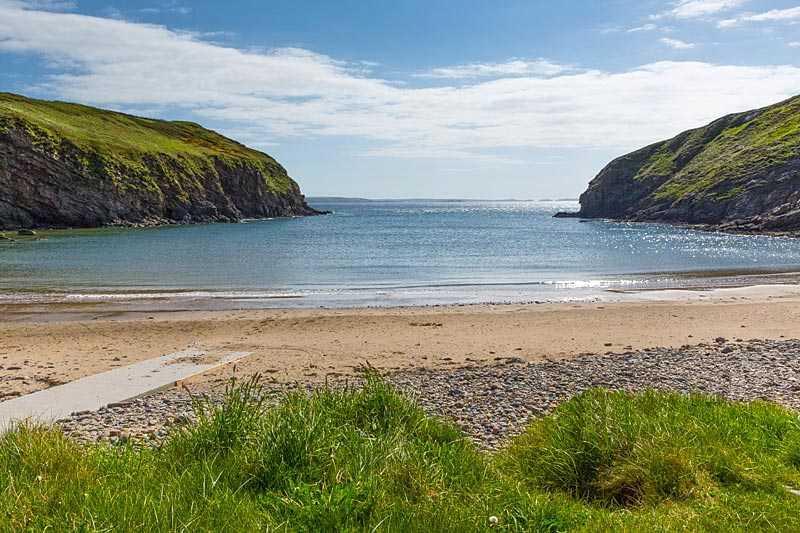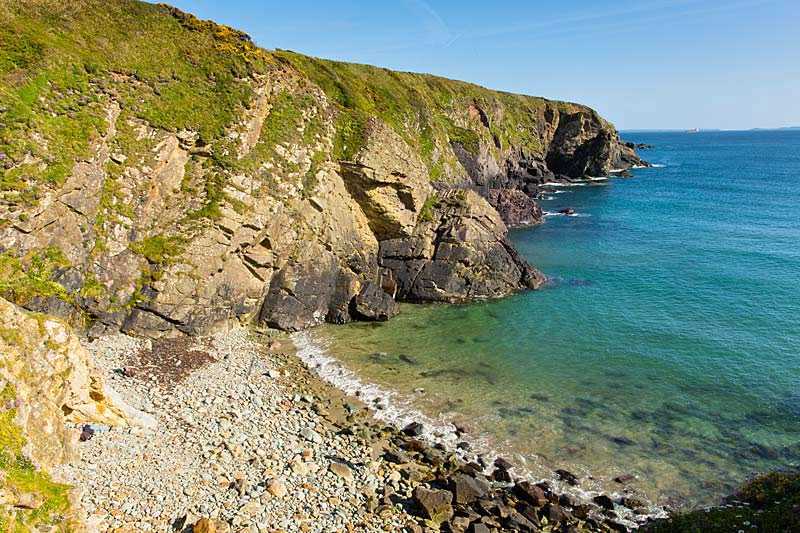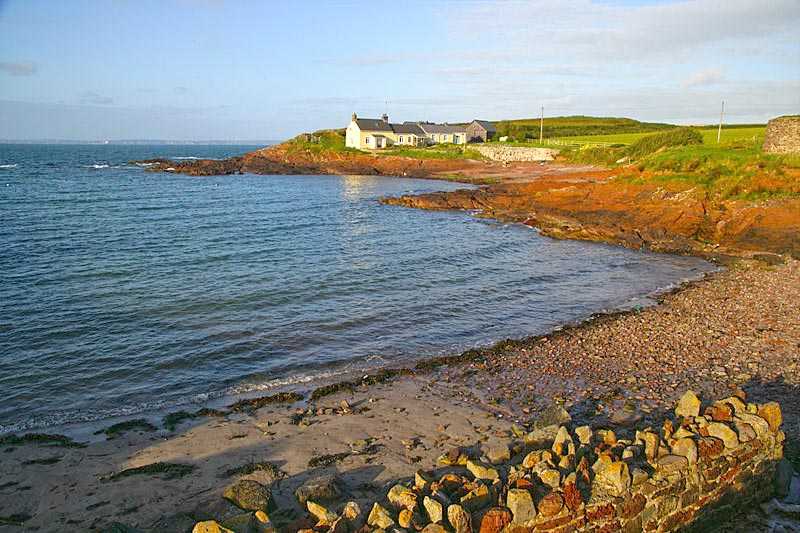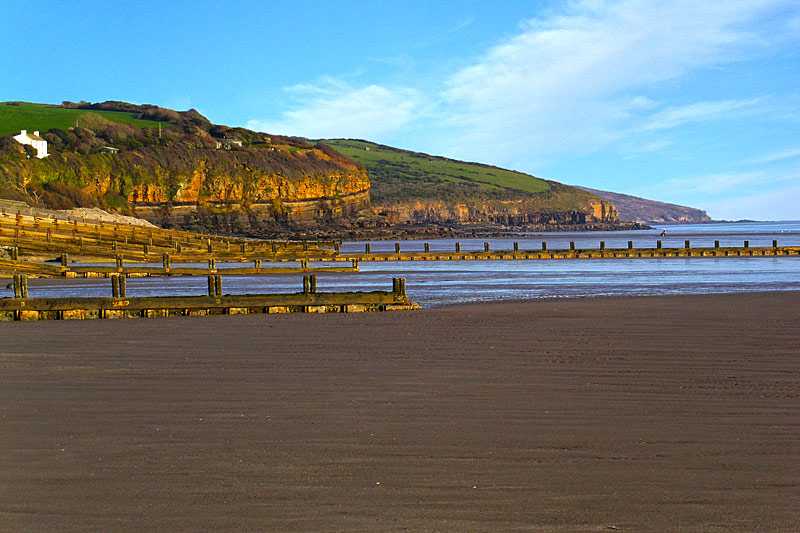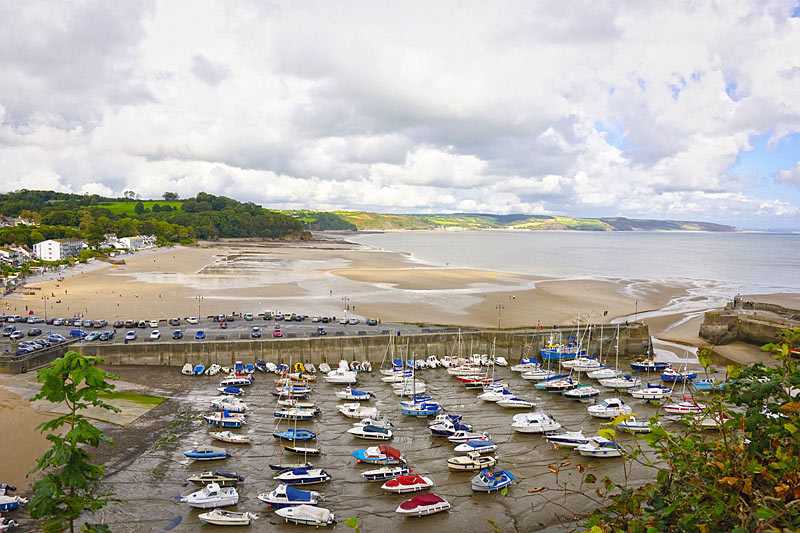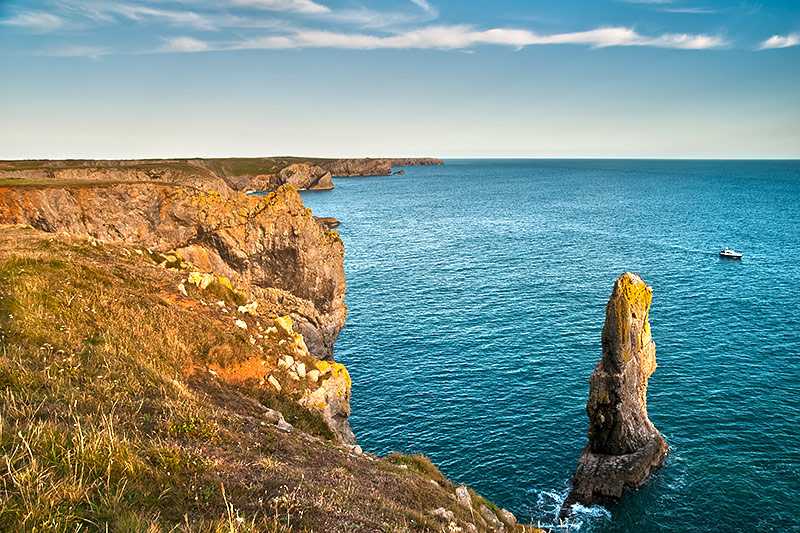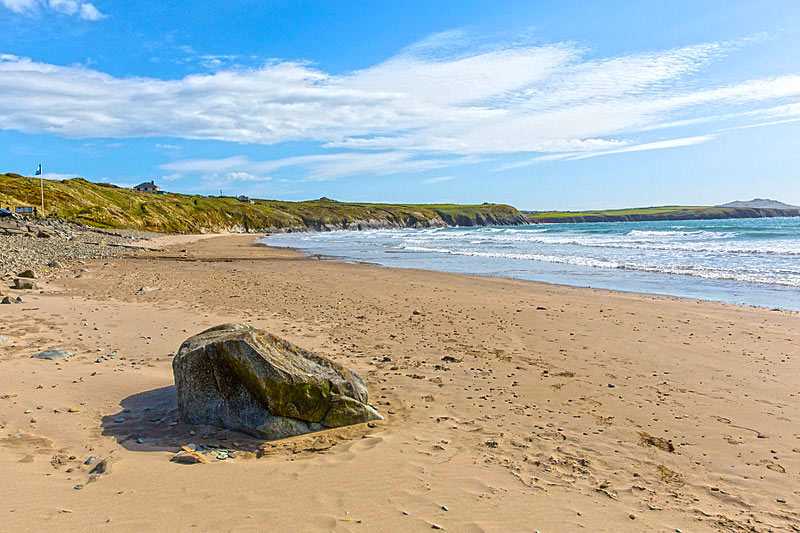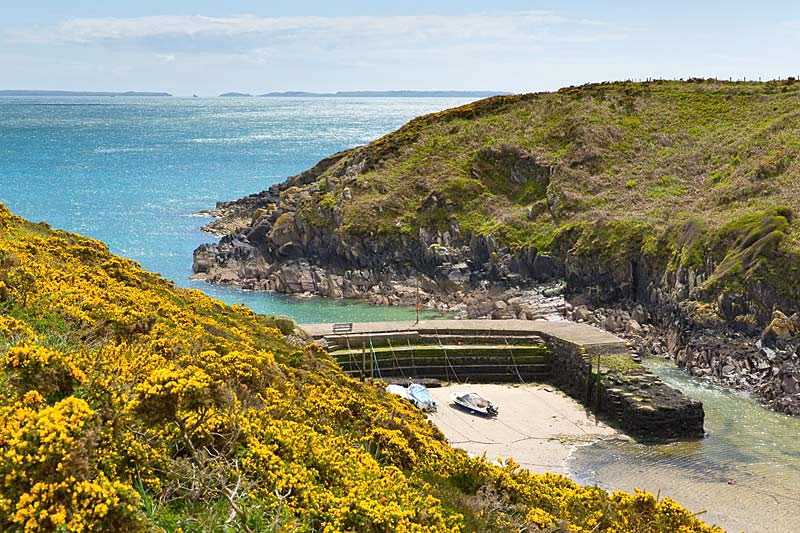Pembrokeshire Coast National Park
The Pembrokeshire Coast National Park in West Wales was designated in 1952 for its spectacular coastline. It extends 629 km2 (242.8 sq mi) and includes almost all of the Pembrokeshire coast, all of...
The Pembrokeshire Coast National Park in West Wales was designated in 1952 for its spectacular coastline. It extends 629 km2 (242.8 sq mi) and includes almost all of the Pembrokeshire coast, all offshore islands, the Dauleddau estuary and large areas of the Preseli Hills inland and the Gwaun Valley. It offers stunning coastal scenery with rugged cliffs and many geologically interesting features...
Things to do near Pembrokeshire Coast National Park
Attractions near Pembrokeshire Coast National Park
Activities
About Pembrokeshire Coast National Park
The Pembrokeshire Coast National Park in West Wales was designated in 1952 for its spectacular coastline. It extends 629 km2 (242.8 sq mi) and includes almost all of the Pembrokeshire coast, all offshore islands, the Dauleddau estuary and large areas of the Preseli Hills inland and the Gwaun Valley. It offers stunning coastal scenery with rugged cliffs and many geologically interesting features such as arches, stacks, sea caves and folded rocks.
Flora and Fauna
The park has a diverse range of wildlife. Sea birds include colonies of puffins, gannets and manx shearwaters on the Skomer Island Reserve, wading birds and wildfowl such as egrets, grebes and great northern divers can also be seen as well as hen harriers and merlins. Off the coast it is possible to take a boat trip with the chance of spotting whales, dolphins, porpoises and seals. Boats also take tourists to some of the park’s many islands including Caldey Island with its Benedictine Monastery.
Activities
There are clean, award-winning sandy beaches all along the coast, making it a perfect place for a family holiday. The coast also offers 950 km (590.3 mi) of public footpaths and bridleways for many attractive walks, the most famous being the 299.3 km (186 mi) Pembrokeshire coastal path. Inland, you can take moorland walks in the Preseli hills, which are the source of the bluestone at Stonehenge. Fishing, horse riding and cycling are other popular past times, as well as adrenalin sports such as sea kayaking, rock climbing, surfing and diving to see marine life or one of the 350 wrecks. History and architecture buffs can visit Carew and Pembroke Castles and the famous cathedral at St. David’s, which is the UK’s smallest city. There really is something for everyone on this amazing stretch of coastline.
